Society for Cardiovascular Magnetic Resonance 2020 Case of the Week series
- PMID: 34629101
- PMCID: PMC8504030
- DOI: 10.1186/s12968-021-00799-0
Society for Cardiovascular Magnetic Resonance 2020 Case of the Week series
Abstract
The Society for Cardiovascular Magnetic Resonance (SCMR) is an international society focused on the research, education, and clinical application of cardiovascular magnetic resonance (CMR). Case of the week is a case series hosted on the SCMR website ( https://www.scmr.org ) that demonstrates the utility and importance of CMR in the clinical diagnosis and management of cardiovascular disease. Each case consists of the clinical presentation and a discussion of the condition and the role of CMR in diagnosis and guiding clinical management. The cases are all instructive and helpful in the approach to patient management. We present a digital archive of the 2020 Case of the Week series of 11 cases as a means of further enhancing the education of those interested in CMR and as a means of more readily identifying these cases using a PubMed or similar search engine.
© 2021. The Author(s).
Conflict of interest statement
There are no competing interests.
Figures















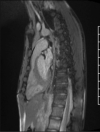
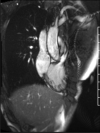
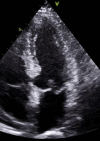















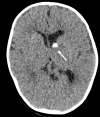




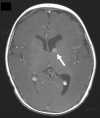
References
-
- Jonas RA. Comprehensive surgical management of congenital heart disease. 2. Boca Raton: CRC Press; 2014.
-
- Allen HD, Shaddy RE, Penny DJ, Feltes TF, Cetta F. Moss and Adams heart disease in infants, children, and adolescents: including the fetus and young adult. 9. Philadelphia: Wolters Kluwer; 2016.
Publication types
MeSH terms
LinkOut - more resources
Full Text Sources
Medical

